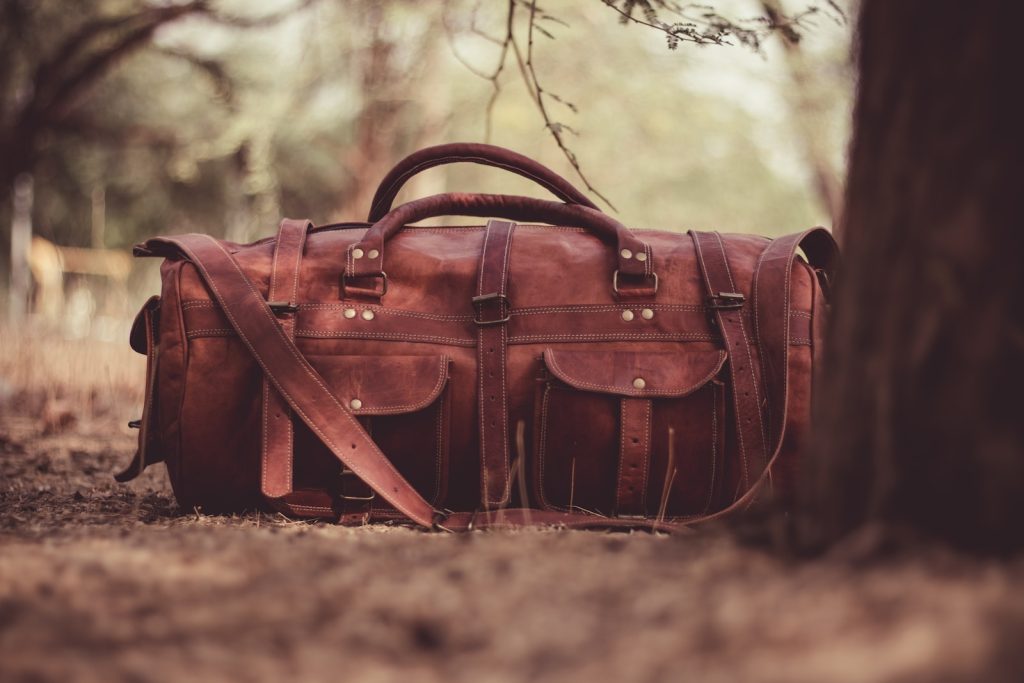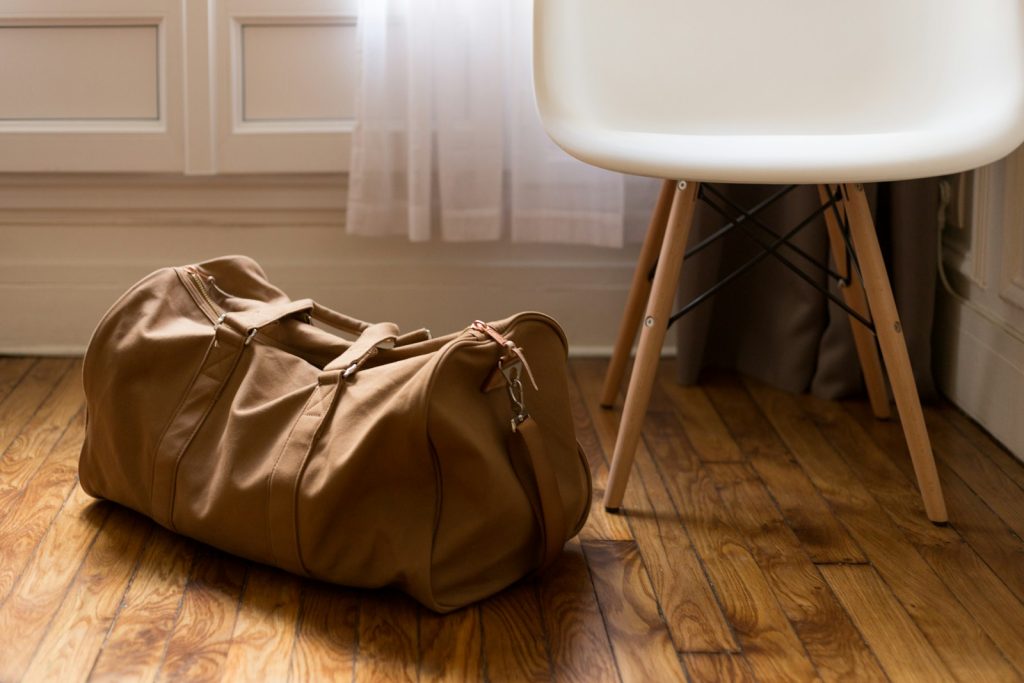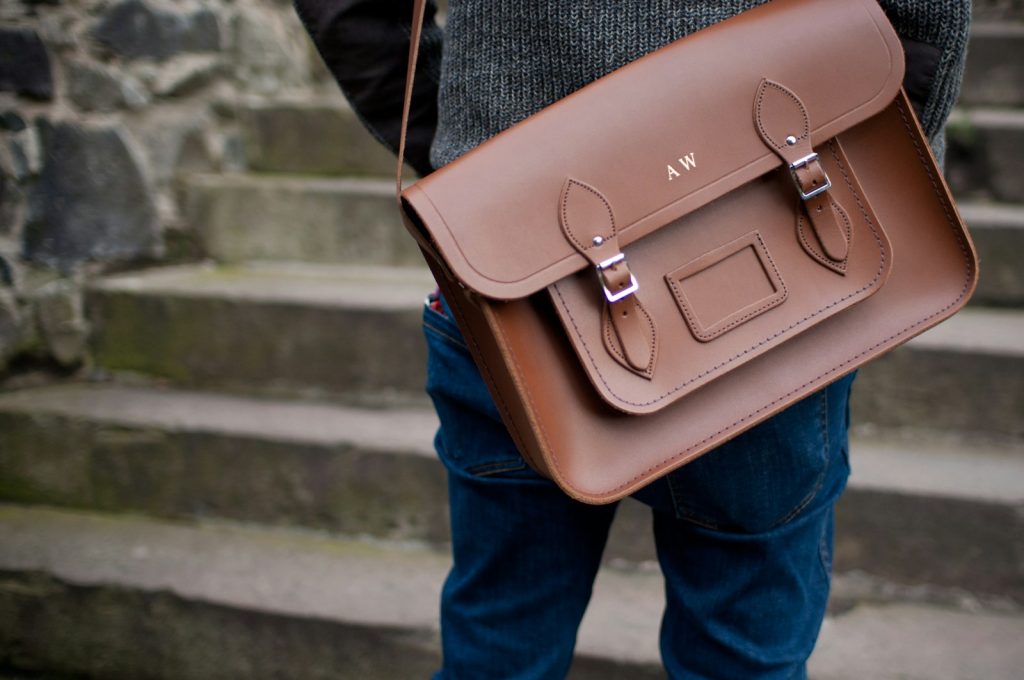
The world of luxury and designer bags is not just about style and elegance; it’s a journey into the heart of craftsmanship, quality, and the global fashion industry. When we delve into the question, “Where do designer bags get made?” we uncover a story that intertwines global economics, traditional craftsmanship, and modern design. This article will take you on a fascinating journey to discover the birthplaces of these coveted items and the secrets behind their creation.
The Geography of Luxury: A Global Overview
Firstly, it’s essential to understand that the production of designer bags is a global affair. While many luxury brands originated in Europe, particularly in countries like France and Italy, the manufacturing landscape is far more diverse. This diversity is not just a matter of where but also how these bags are crafted, a reflection of a brand’s heritage and commitment to quality.
Italy: The Heart of Leather Craftsmanship

Italy is often considered the epicenter of high-quality leather goods. Cities like Florence, Milan, and Venice are not just tourist destinations but hubs of leather craftsmanship. Italian artisans are renowned for their skills in leather working, a tradition that dates back centuries. Brands like Gucci, Prada, and Fendi, among others, boast of their ‘Made in Italy’ label, a testament to this rich heritage.
But what makes Italian craftsmanship so unique? It’s a blend of traditional techniques passed down through generations and the use of the highest quality materials. The attention to detail in Italian workshops is unparalleled, with artisans often using techniques that cannot be replicated by machines.
France: The Luxury Powerhouse
When discussing luxury, one cannot overlook France, home to some of the most iconic designer brands in the world. Think of Louis Vuitton, Chanel, and Hermès. These brands have set the standard for luxury and have a storied history in bag manufacturing.
The ‘Made in France’ label carries its own prestige. French craftsmanship is characterized by an obsessive attention to detail, innovative design, and a deep understanding of luxury aesthetics. Many of these brands have their own exclusive workshops where artisans with decades of experience create bags that are more art than accessory.
The Role of Artisanal Skill in Designer Bag Manufacturing

The creation of a designer bag is not a simple process. It’s an art form that involves numerous skilled artisans. Each bag goes through multiple stages, from cutting and dying leather to sewing and finishing. The skill of these artisans is what makes each bag unique and worth the high price tag.
But where do these artisans come from? Many luxury brands invest heavily in training and nurturing talent, often running their own training schools. This ensures that the traditional skills needed to create these bags are preserved and passed on.
The Influence of Globalization on Designer Bag Manufacturing
While Europe is the heartland of luxury bag manufacturing, globalization has expanded the production landscape. Many brands now have factories in countries outside of Europe. For example, Coach and Michael Kors have factories in countries like China and Vietnam.
This expansion raises questions about quality and authenticity, but many brands maintain strict quality control measures, ensuring that their bags, no matter where they are made, meet the same high standards.